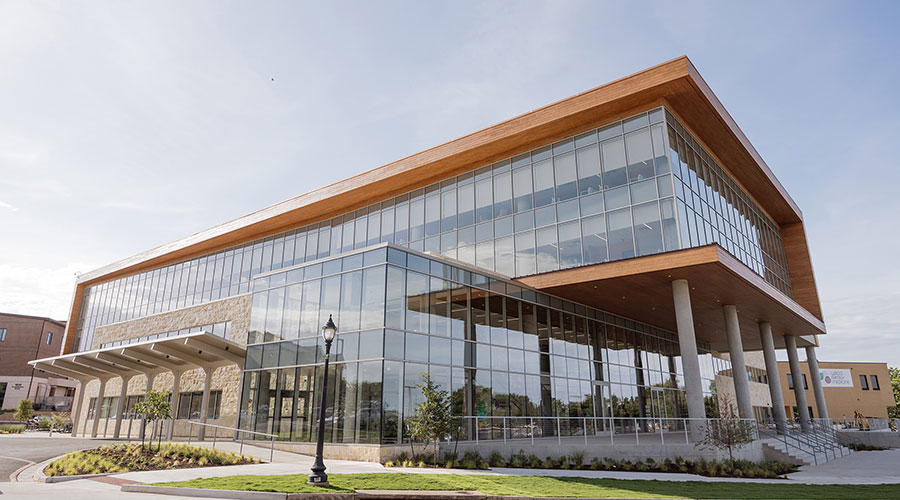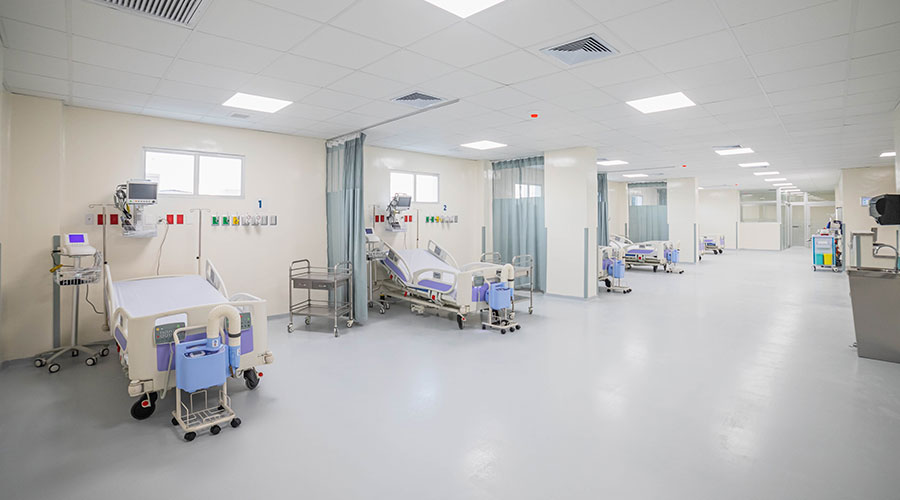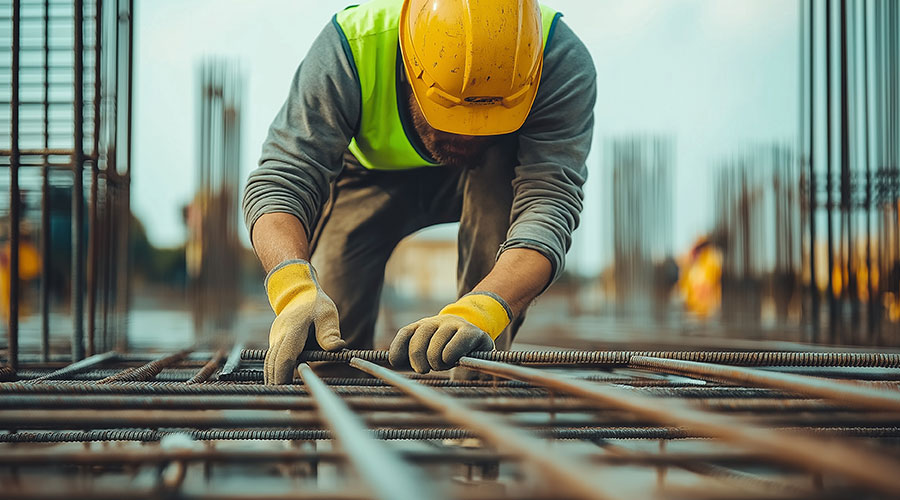By Scott Adan, Ph.D., and Randall Ward
With an eye towards addressing the risk of future earthquakes, Los Angeles Mayor Eric Garcetti recently adopted a plan to mitigate potential earthquake damage through mandatory upgrades of seismically vulnerable buildings. The plan, which will need to be approved by the city council, places particular emphasis on the city's vulnerable building infrastructure. With respect to soft-story wood-framed buildings built before 1980, the plan would require seismic retrofits to be performed within 5 years. Non-ductile reinforced concrete buildings built before 1980 are also targeted because of their brittleness. For these buildings, owners would have a total of 30 years to comply: 5 to evaluate and an additional 25 to retrofit. Mayor Garcetti's plan, known as "Resiliency by Design," would be somewhat similar to existing seismic retrofit ordinances already in place in other California cities, including San Francisco, Santa Monica and Fremont, to name a few.
The overarching goals of these programs appear to be geared toward improving life safety, earthquake response and recovery efforts, and protecting the economy. In a soft-story wood-framed building, large open sections on the first floor, such as garages, tuck-under parking spaces, or large display windows, create an unusually flexible or weak first story condition. Accordingly, these pre-1980 soft-story buildings lack the necessary resistance to adequately support the upper stories against an earthquake's shear motions. Older (pre-1980) non-ductile reinforced concrete buildings are also at higher risk of collapse because some parts of the building, such as columns and frame connectors, are too brittle. They break apart when subjected to strong earthquake shaking. These buildings are currently used as schools, hospitals, office buildings, apartment complexes, and warehouses. Consequential damage to these building types following a major quake could not only present immediate safety concerns, but could also cause long-term social and economic disruption to the community. It is estimated that Los Angeles has approximately 13,000 soft-story wood-framed apartment buildings and 1,400 non-ductile concrete framed buildings that will require mitigation. For suspect soft-story buildings, the Los Angeles Department of Building and Safety plans to identify all vulnerable buildings and notify their owners. Retrofitting would be required within 5 years of notification. For non-ductile concrete framed buildings, building owners will be required to complete an evaluation by a structural engineer within 5 years and complete any needed retrofit work within 30 years of notification.
According to the mayor's plan, financial incentives to retrofit could include waiving permit fees, offering tax exemptions and/or credits, providing access to private lending sources, and creating bond measures. IVI International, a CBRE company, anticipates that the city council will approve the ordinance sometime in 2015. Other California cities have recently passed similar legislation concerning vulnerable buildings, with an emphasis on wood-framed soft-story structures. According to the Association of Bay Area Governments (ABAG) and several of the city ordinances, the legislation enabling cities and counties to mitigate soft-story buildings in their communities occurred in 2005. In that year, the California Health and Safety Code sections 19162 and 19163 were amended (AB 304) to expressly authorize cities to adopt by ordinance mandatory retrofit standards for soft-story residential buildings.
Going forward, it will be important for lenders and investors to rely on their 3rd party due diligence consultants to help stay abreast of the financial and regulatory impact of any current and future seismic retrofit ordinances. The timing of compliance, as well as the costs, should be thoroughly vetted in order to be certain that costs and impacts are accounted for in each deal. This will be especially important for any transaction that does not include a Seismic Assessment Report, as the various seismic retrofit ordinances may not be fully comprehended by the due diligence consulting industry community. In direct construction costs, the seismic retrofit of soft-story buildings has been estimated to cost between $60,000 and $150,000 per building. Retrofits typically take between two to four months to complete and construction is typically limited to only the ground floor. With respect to non-ductile reinforced concrete buildings, costs can vary depending on the expected performance level, structural condition and type of retrofit methods employed. These costs generally fall between $90 to $130 per square foot. They can be minimized if the retrofit work is performed in combination with other renovation upgrades.
ABOUT CBRE, Inc. Assessment & Consulting Services:
CBRE | IVI is a leading global provider of integrated construction risk management and due diligence services. The company's dedicated team of architects, engineers, accountants and asset management professionals has worked closely with real estate owners, investors and lending institutions to offer custom-tailored solutions to a wide range of construction and environmental needs. The Assessment and Consulting Services group is headquartered in White Plains, New York with offices nationwide. For more information on CBRE | IVI and our services, visit http://www.ivi-intl.com.

 Waco Family Medicine Achieves Savings and Bold Design with Wood Selections
Waco Family Medicine Achieves Savings and Bold Design with Wood Selections Alleged Ransomware Administrator Extradited from South Korea
Alleged Ransomware Administrator Extradited from South Korea Design Plans Unveiled for New Intermountain St. Vincent Regional Hospital
Design Plans Unveiled for New Intermountain St. Vincent Regional Hospital Ground Broken on New Pediatric Health Campus in Dallas
Ground Broken on New Pediatric Health Campus in Dallas Pre-Construction Strategies for Successful Facilities Projects
Pre-Construction Strategies for Successful Facilities Projects